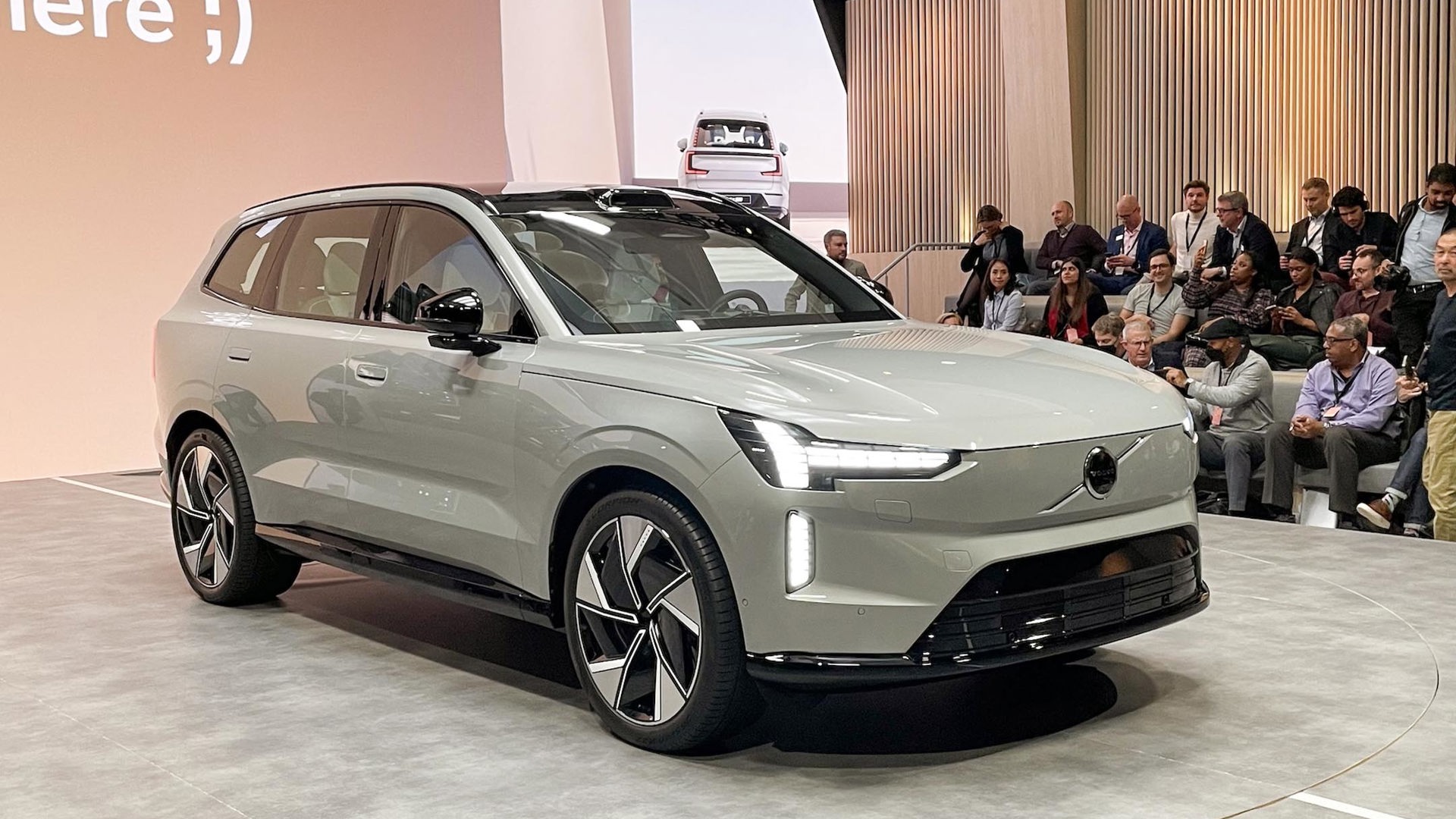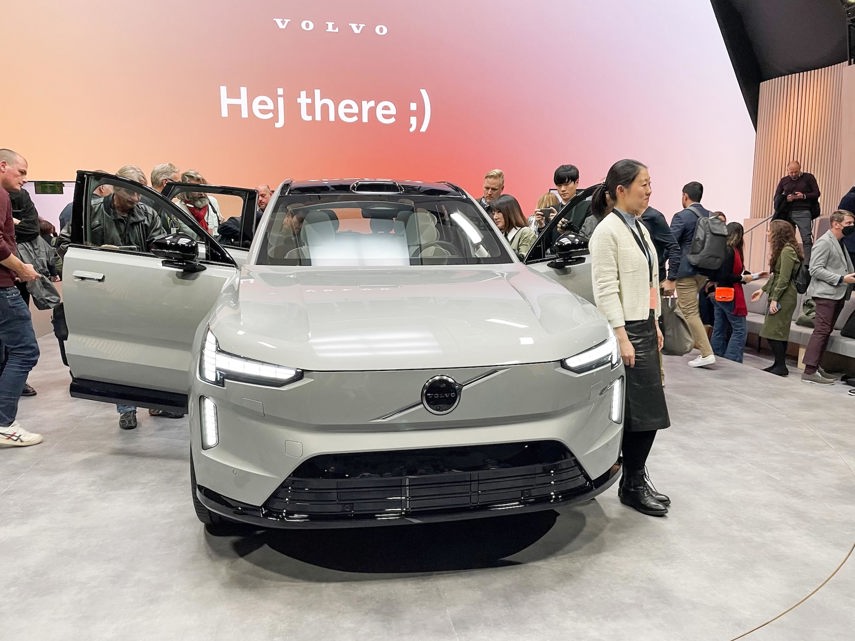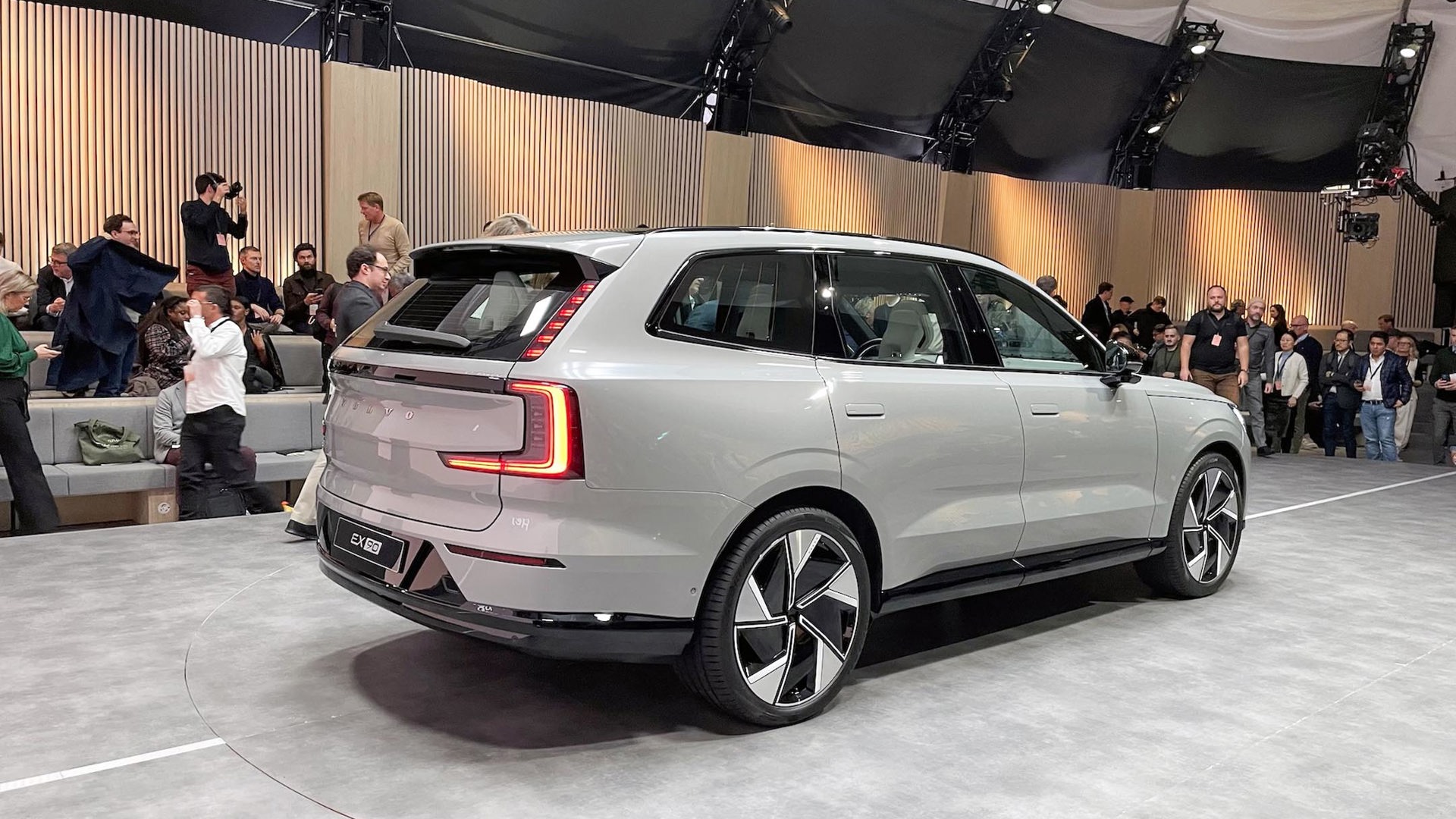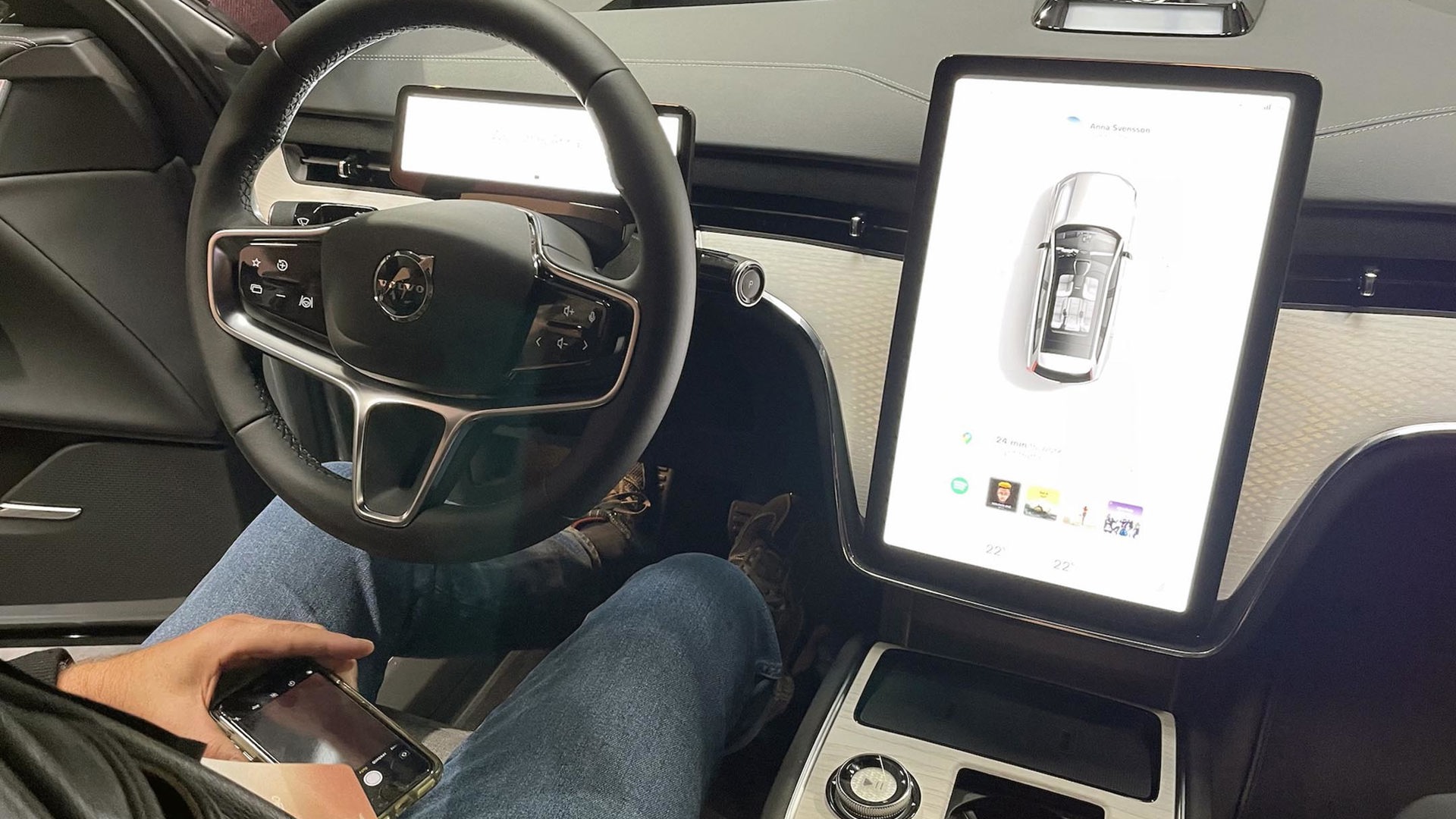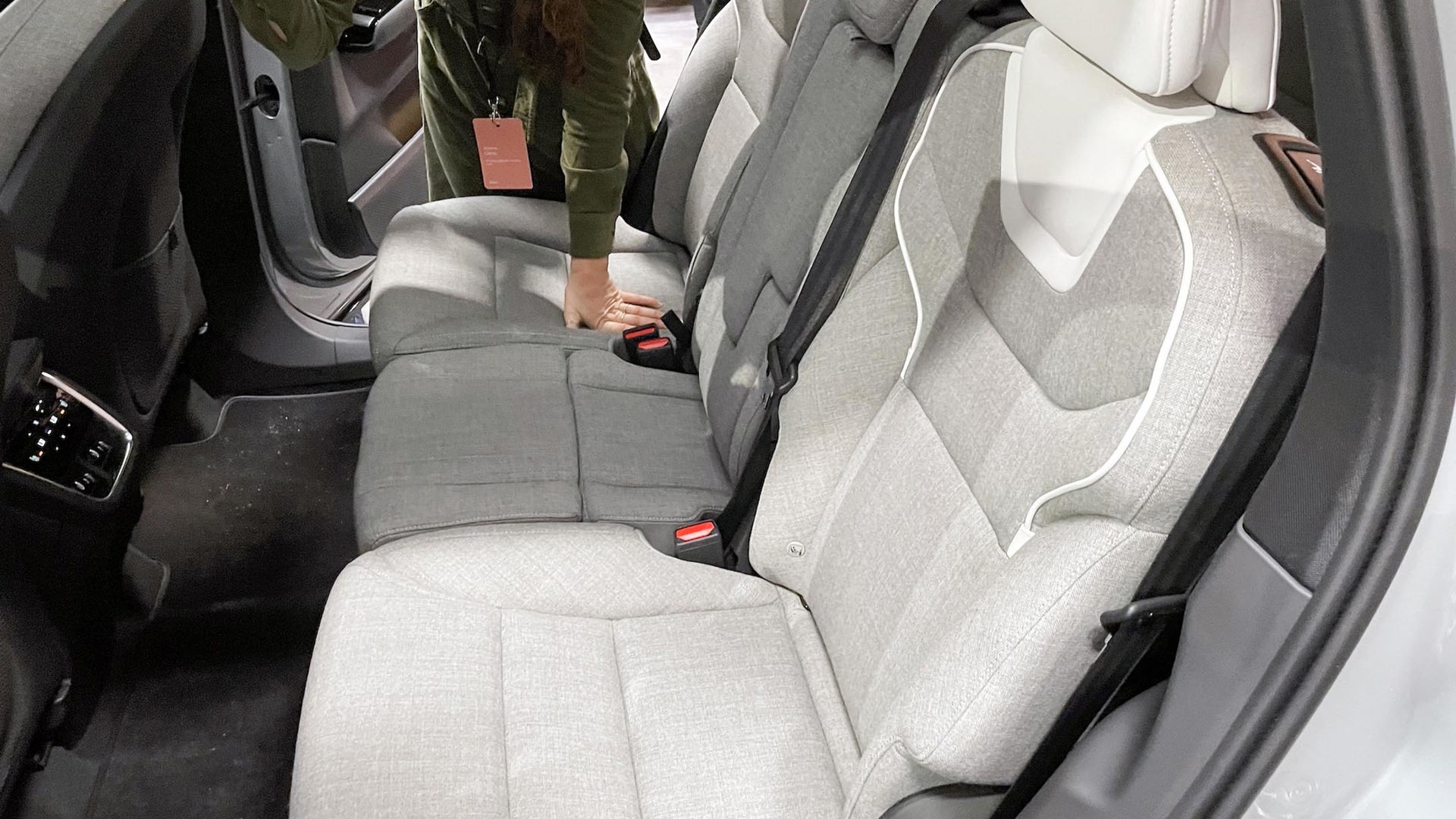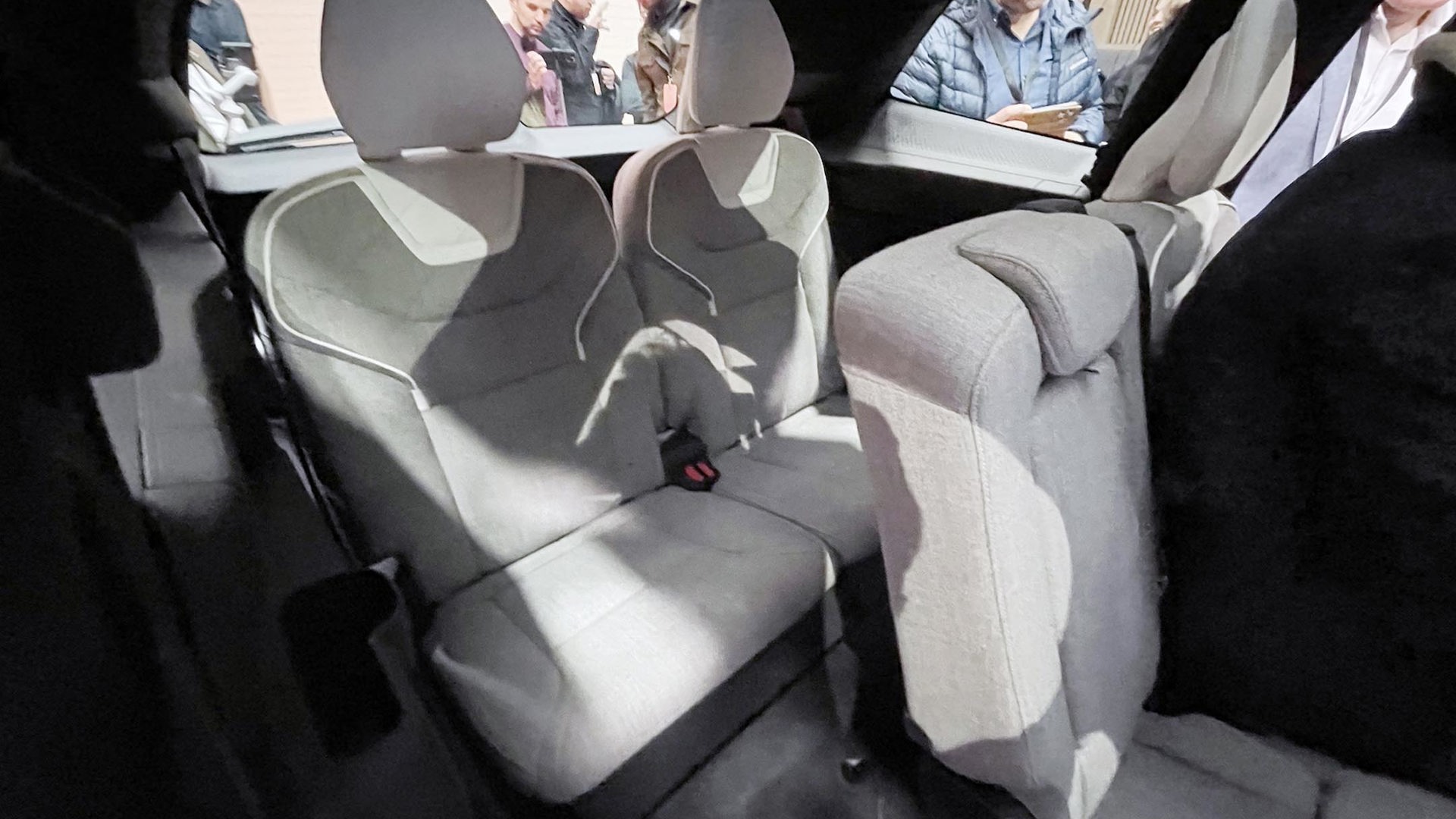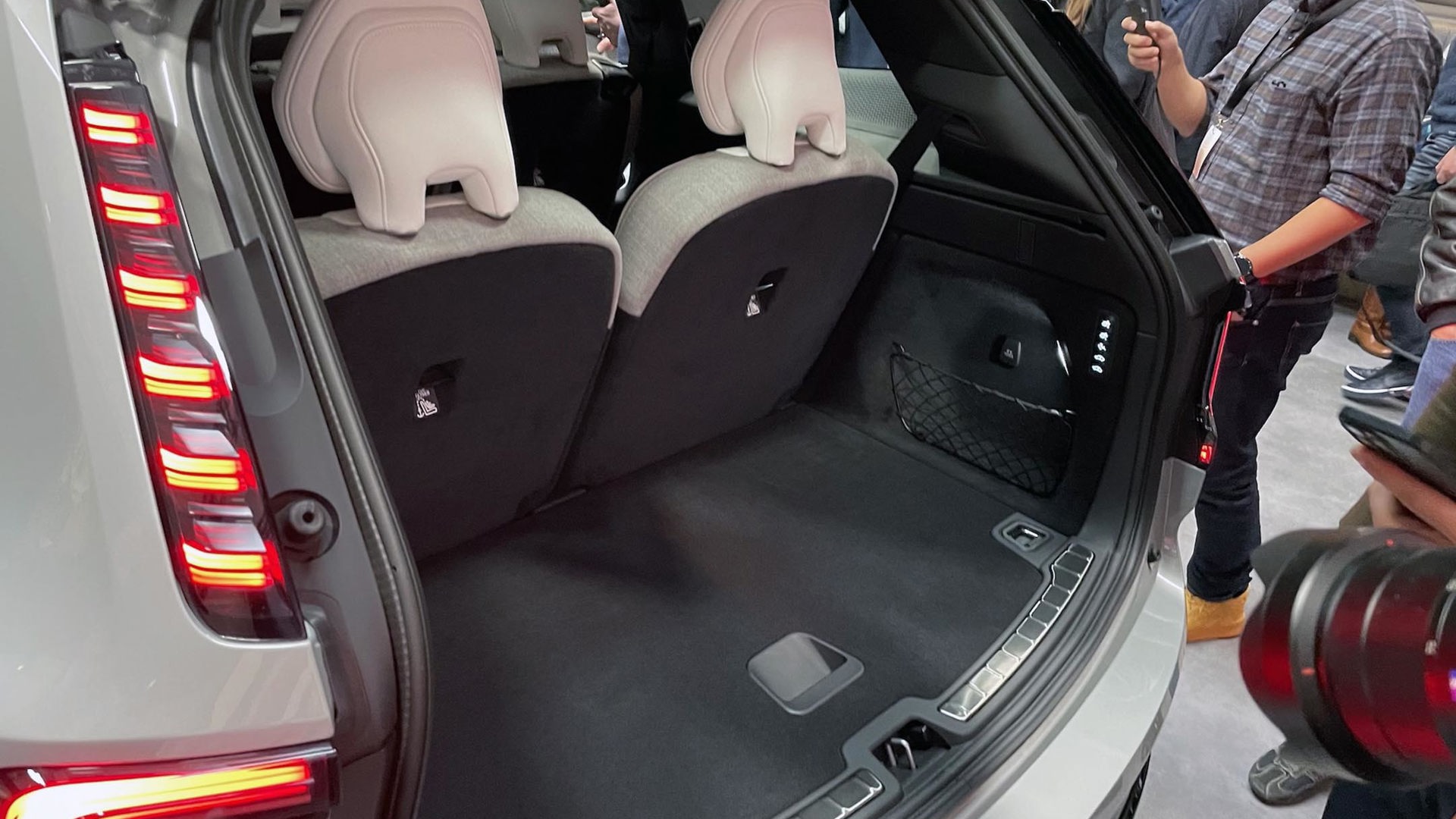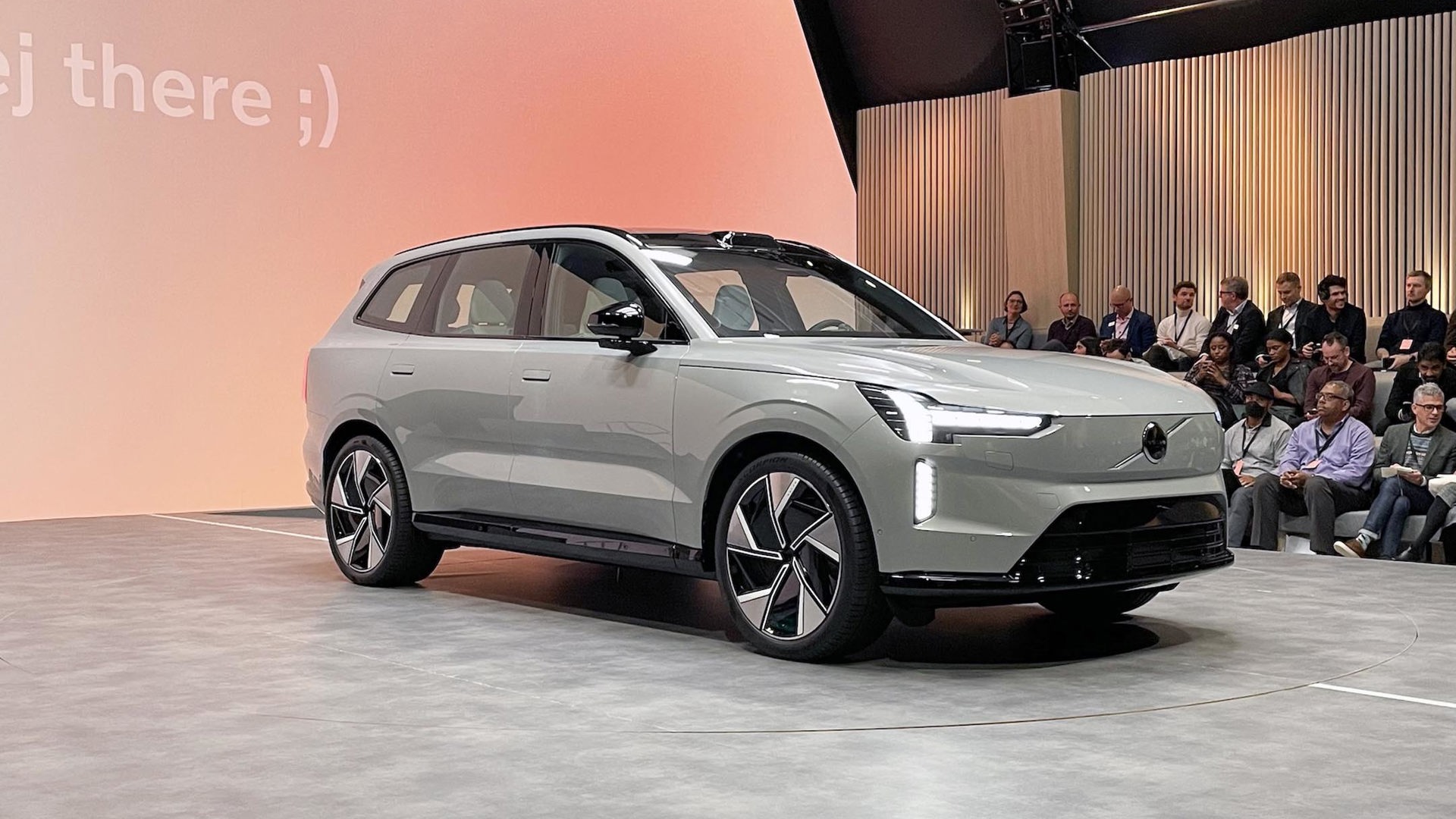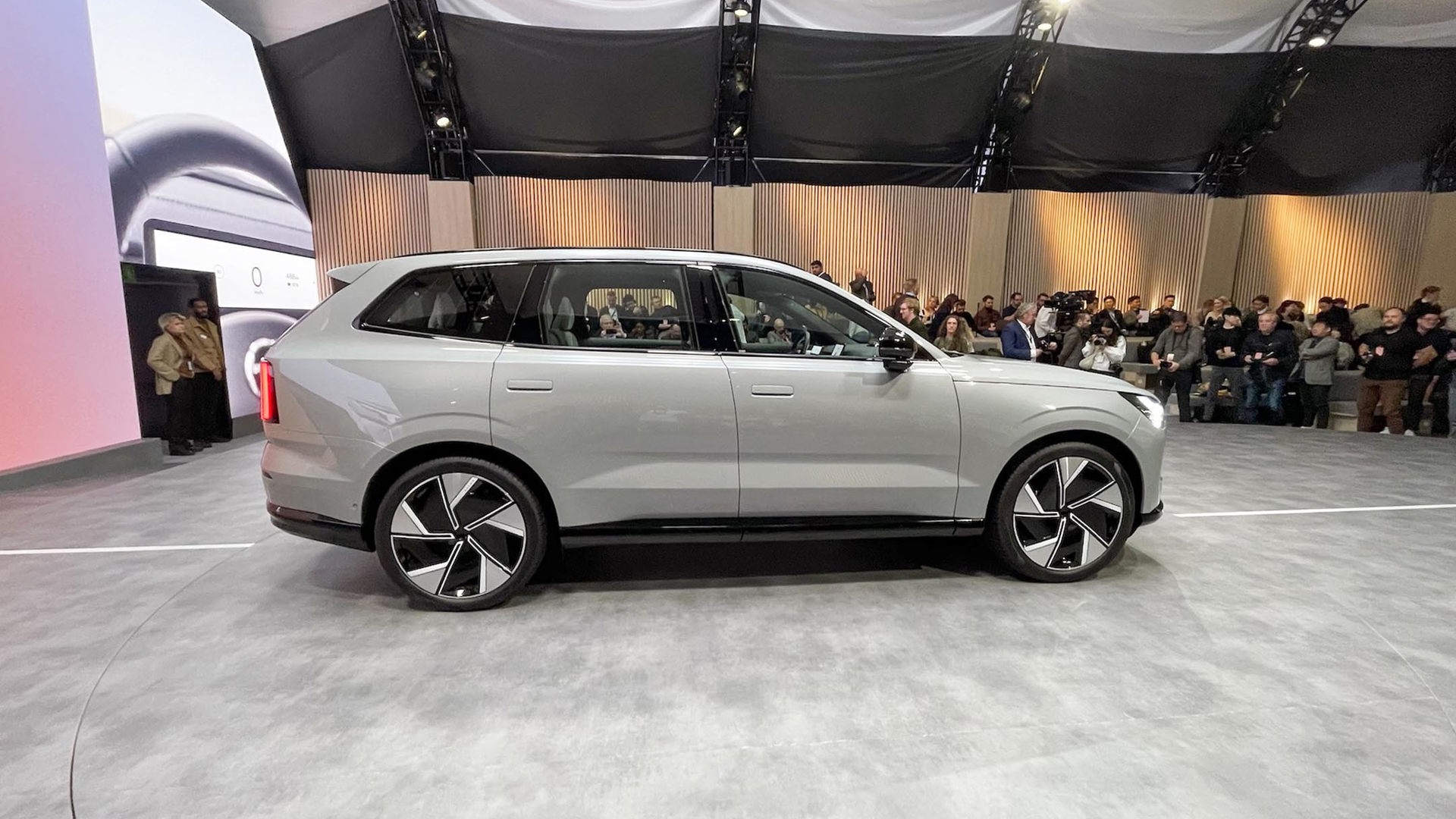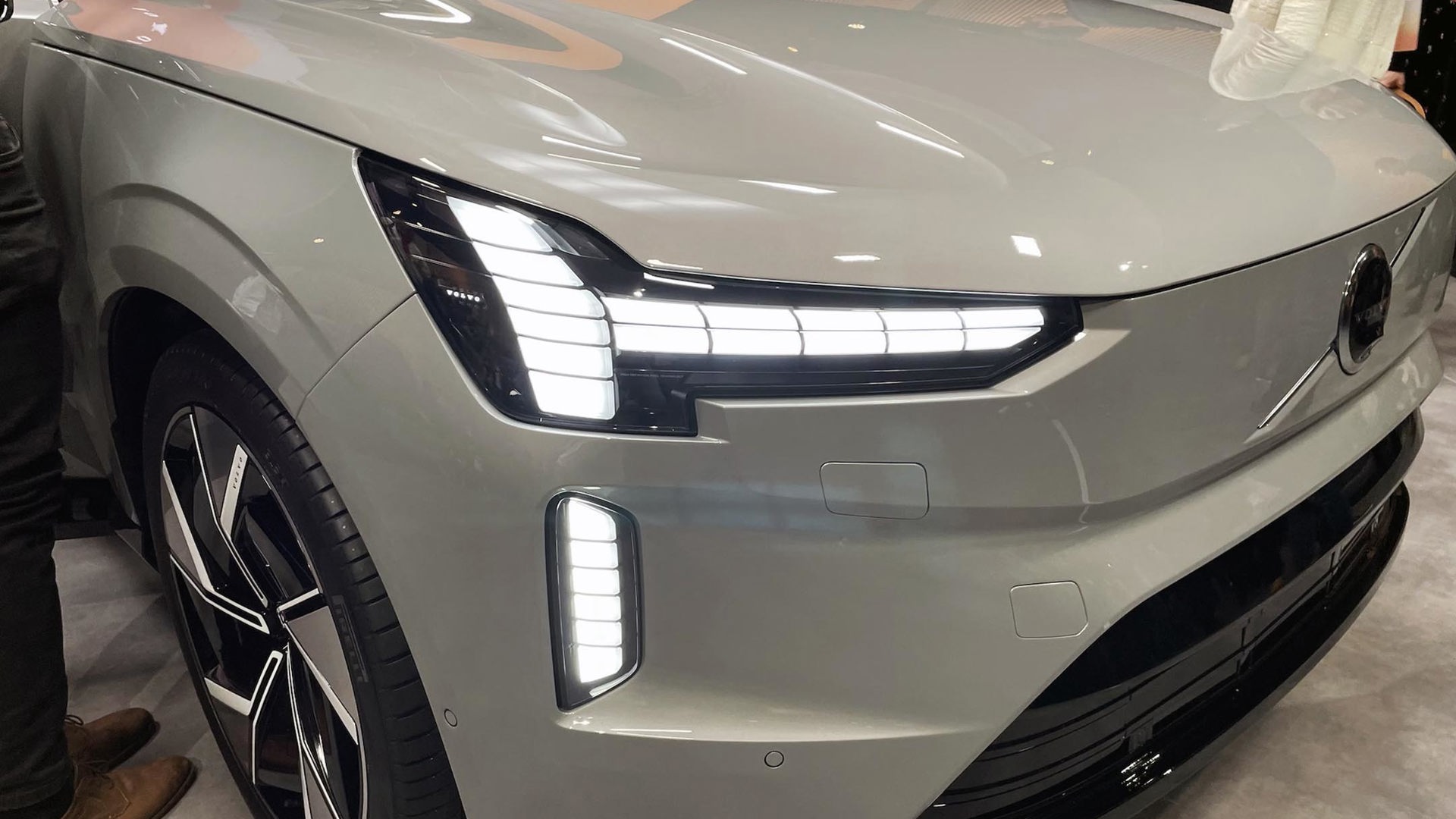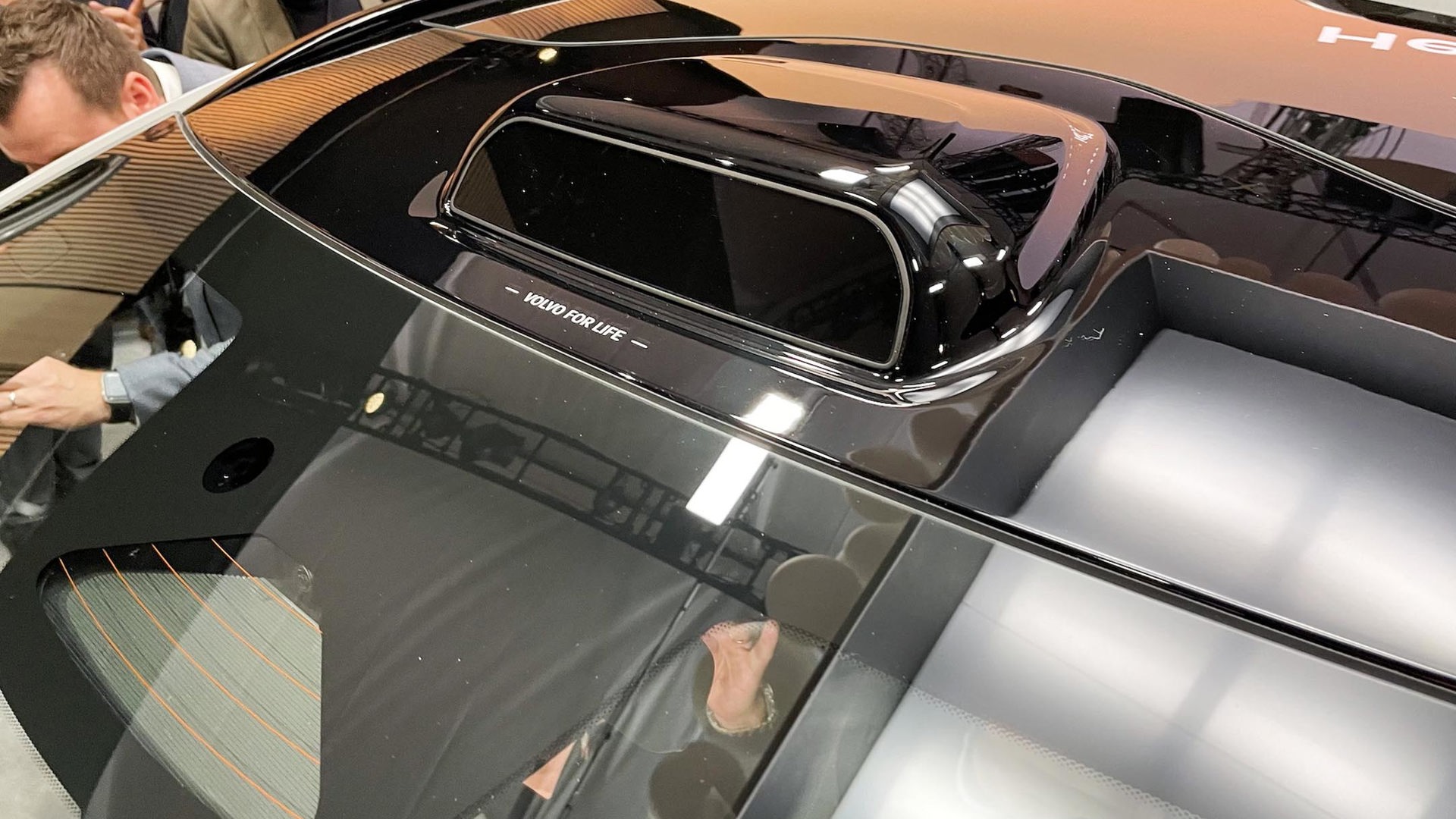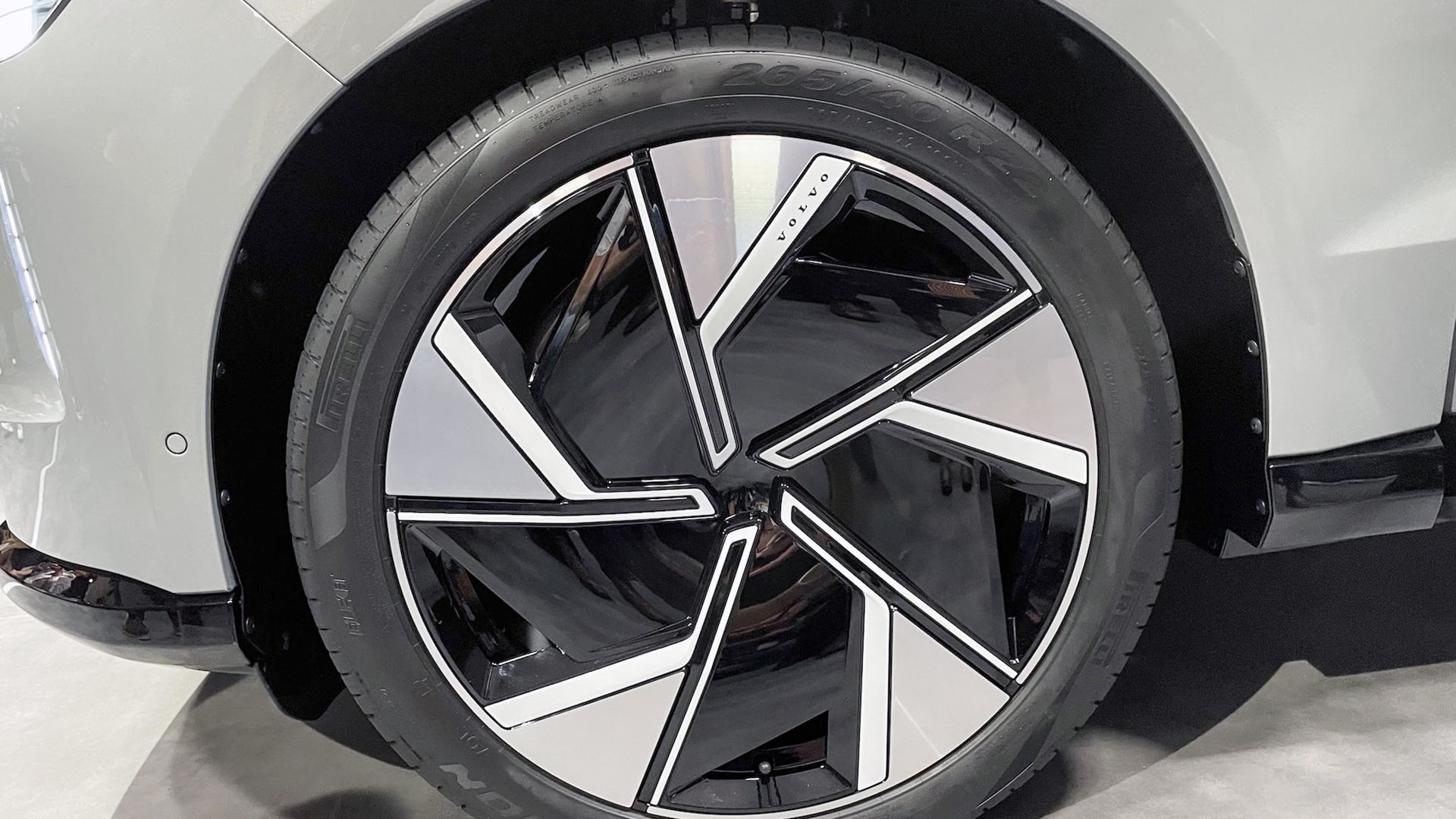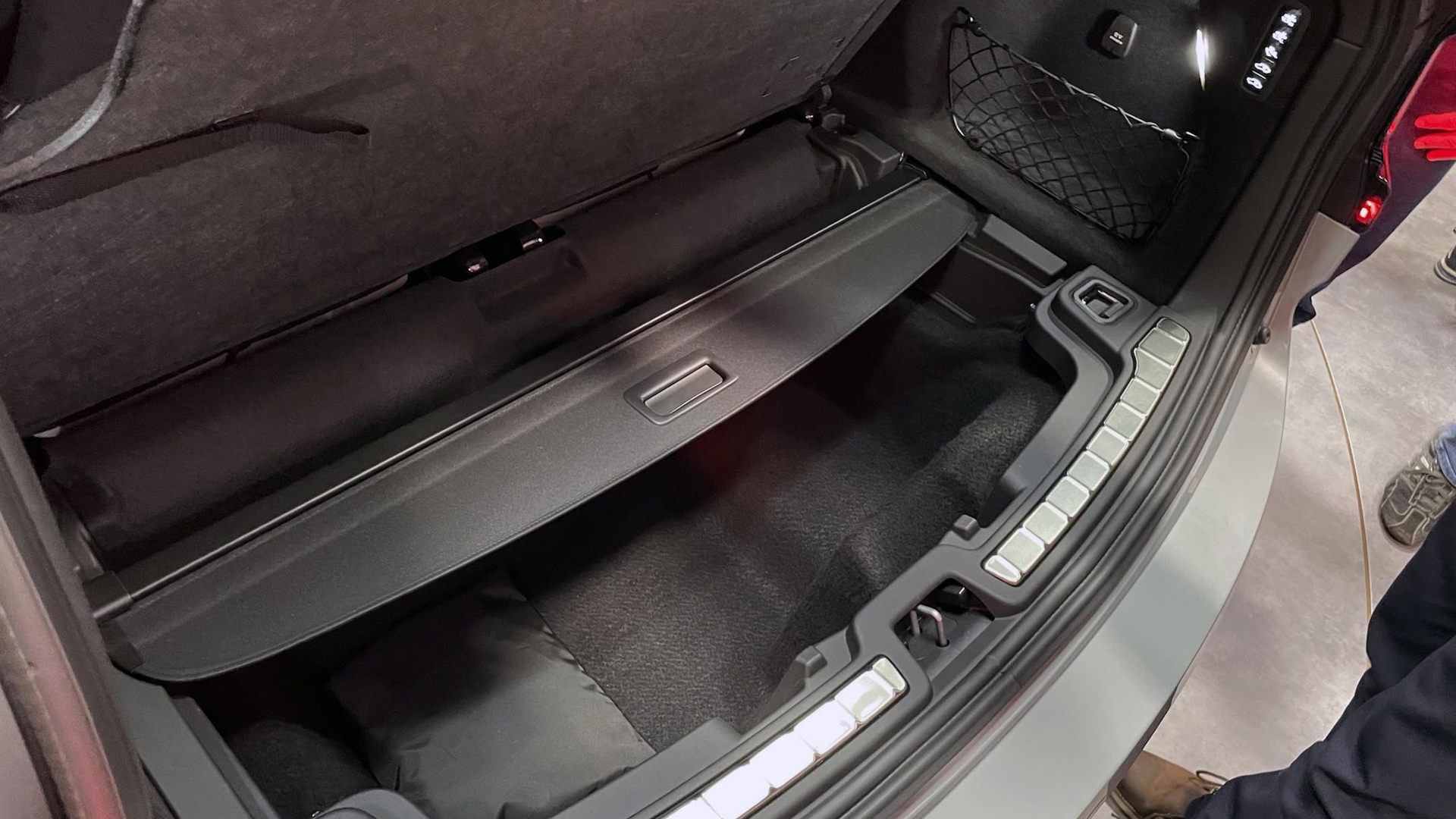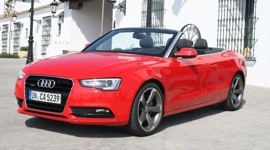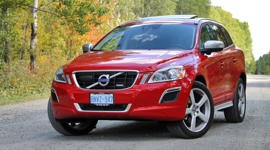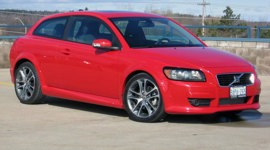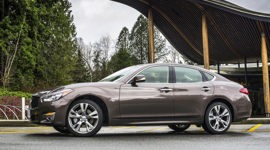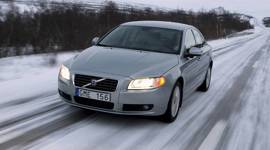STOCKHOLM – Amid much fanfare, Volvo pulled the wraps off its upcoming full-size three-row battery-electric SUV, the EX90. It is built on an all-new dedicated EV platform that will underpin future Volvo vehicles. It boasts new batteries, new motors, and new inverters.
Volvo is pitching this seven-seat flagship electric SUV in a way we’ve never seen from the Swedish automaker. Targeting an affluent, connected, tech-savvy, and green-conscious demographic, the initial message is “Your Volvo EX90 won’t be just a new car, it will be a highly advanced computer on wheels.”
According to Volvo, the EX90 marks a turning point for the company. Volvo plans to introduce one new fully electric car per year until 2030, by which time it will sell only EVs. The aim is to be carbon-neutral by 2040. Sustainability is a keyword of Volvo's plan right now. The EX90 uses recycled steel, aluminum, and plastics along with extensive use of natural fibres.
Chief executive Jim Rowan says, “The Volvo EX90 is a statement for where we are, and where we are going. It is the first Volvo car to be truly defined by its software and part of a wider ecosystem, connecting to your home and your other devices.” Just like your smartphone, the EX90 is designed to get better over time, thanks to regular over-the-air software updates.
But before we get to that, let’s look at the actual “car” part.
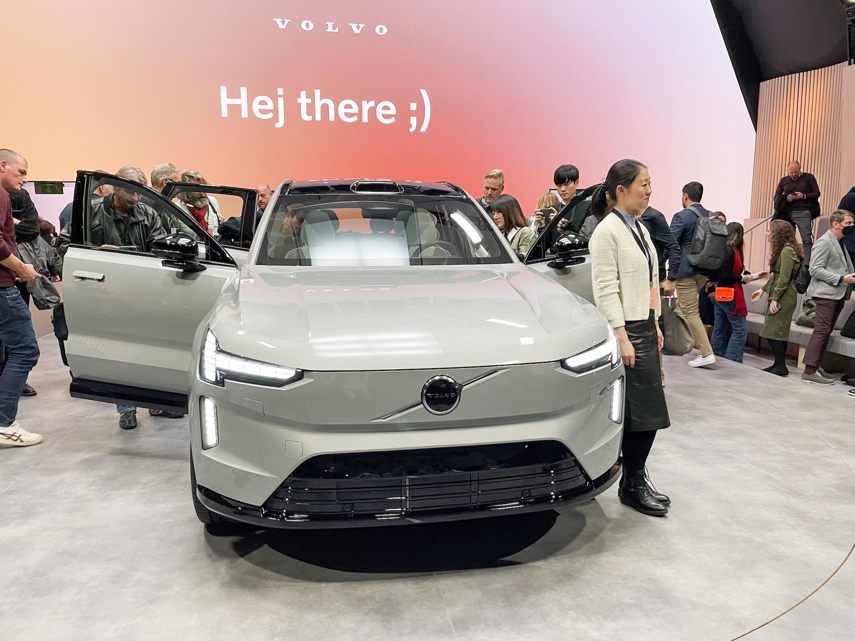
The EX90 will initially launch as a dual-motor all-wheel drive model packing a 111-kWh battery and putting out a combined 517 horsepower and 671 lb-ft of torque. Volvo is claiming up to 600 km of range on the generous European WLTP testing cycle, but the range will likely be between 400 and 500 km with the more realistic North American ratings.
The Volvo EX90 is a handsome thing – upright, chiselled, chic, and immediately identifiable as a Volvo. The brand’s signature vertical taillights and "Thor’s Hammer" headlights are rendered in bold matrix blocks, with the horizontal elements of the latter “splitting” to reveal the nighttime headlights. Very cool. The horizontal five-blade 22-inch aero alloy wheels fill the arches and the EX90’s tapered greenhouse imparts a sense of motion.
We’re used to Volvo interiors showing a unique and wholly delightful pared-down Nordic styling, resplendent in fine metal work, soft hues, and natural wood trim. The EX90 continues the aesthetic with interesting textures and sustainable materials. It is completely leather-free. Air vents occupy a narrow strip that stretches the full width of the dash. Minimalism is taken one step further here with the removal of all knobs and buttons save for a rotary volume controller on the centre console. With smartphone key technology, you’ll be able to leave the EX90’s key fob at home.
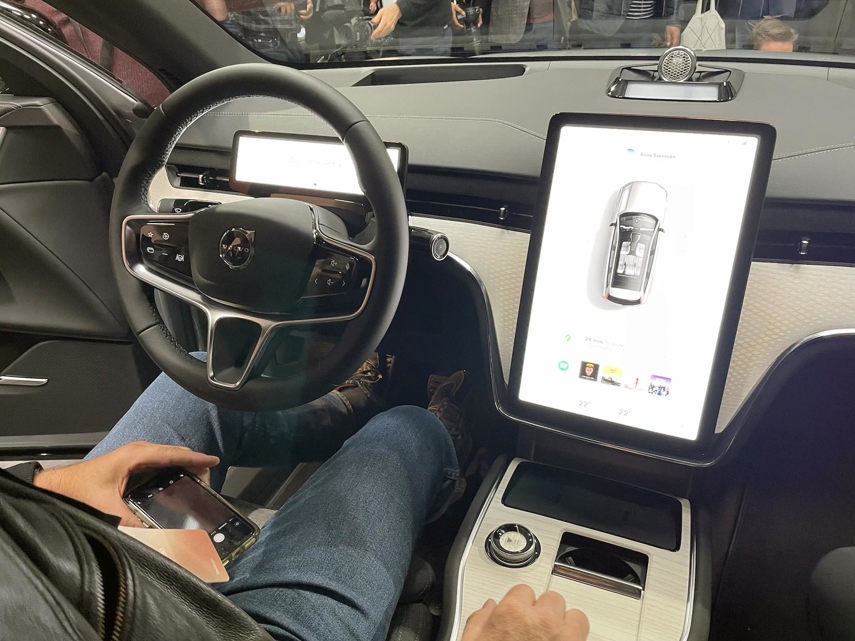
Taking centre stage is 15-inch portrait-oriented screen performing all the roles we expect, but with a twist. The bar at the bottom of the screen will show information based on context, offering up pertinent controls and info depending on whether you are simply driving, on a call, if the weather turns, and so on. Like Volvo’s previous system, this new infotainment is powered by Google, with a suite of Google apps and services built-in, including the ability to control the car remotely from home. The system supports wireless Apple CarPlay and Android Auto, and 5G connectivity as standard where available. Volvo is also offering a 25-speaker Bowers and Wilkins system with immersive Dolby Atmos processing.
Previous Volvo interfaces weren’t exactly paragons of intuitive (read: non-distractive) interaction, running counter to a key pillar of the Volvo ethos, so we hope this system does indeed live up to its billing of being easy to use while on the move.
Ahead of the driver sits a three-spoke steering wheel and customizable info screen. A few minutes in the driver’s chair confirms Volvo’s reputation of fashioning exceptionally comfortable and supportive seats continues. They’re especially comfy and trimmed in Tailored Wool Blend, an upholstery made from wool and recycled materials. The third row is tight for tall humans – best suited for children.
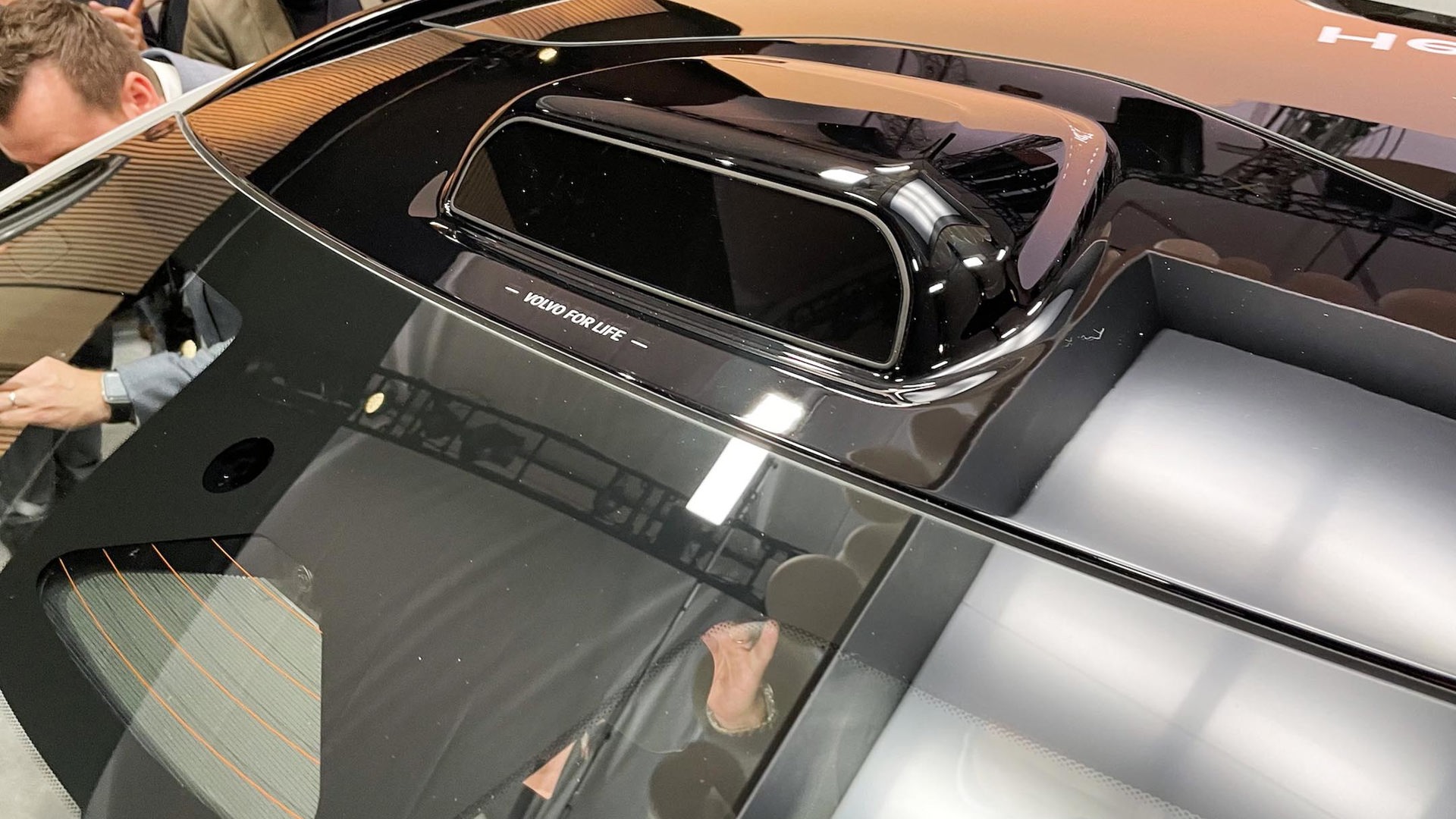
Naturally, Volvo is trumpeting the EX90’s safety credentials, claiming it to be safer than any Volvo before it. Much of this comes from the army of sensors (ultrasonic, radar, and lidar) and cameras that send a stream of information to Volvo’s in-house software, creating a real-time 360-view of the world around the car. The EX90 will also be keeping an eye on your, well, eyes, with dedicated sensors and two cameras that gauge the driver’s attention, drowsiness, intoxication, and, depending on the severity of the situation, responds with everything from a gentle nudge to stopping the vehicle and calling for help.
This all plays into the eventuality of unsupervised autonomous driving – the EX90 being the first Volvo that’s hardware ready for it. It’s also the first Volvo with bi-directional charging capability. Like with the Ford Lighting pickup, this technology allows the car battery to be used as an extra energy supply for powering your home, other electric devices, etc.
The Volvo EX90 is expected to reach our shores in late 2023 as a 2024 model and will be built at Volvo’s factory in South Carolina that’s slated to eventually produce only EVs.
